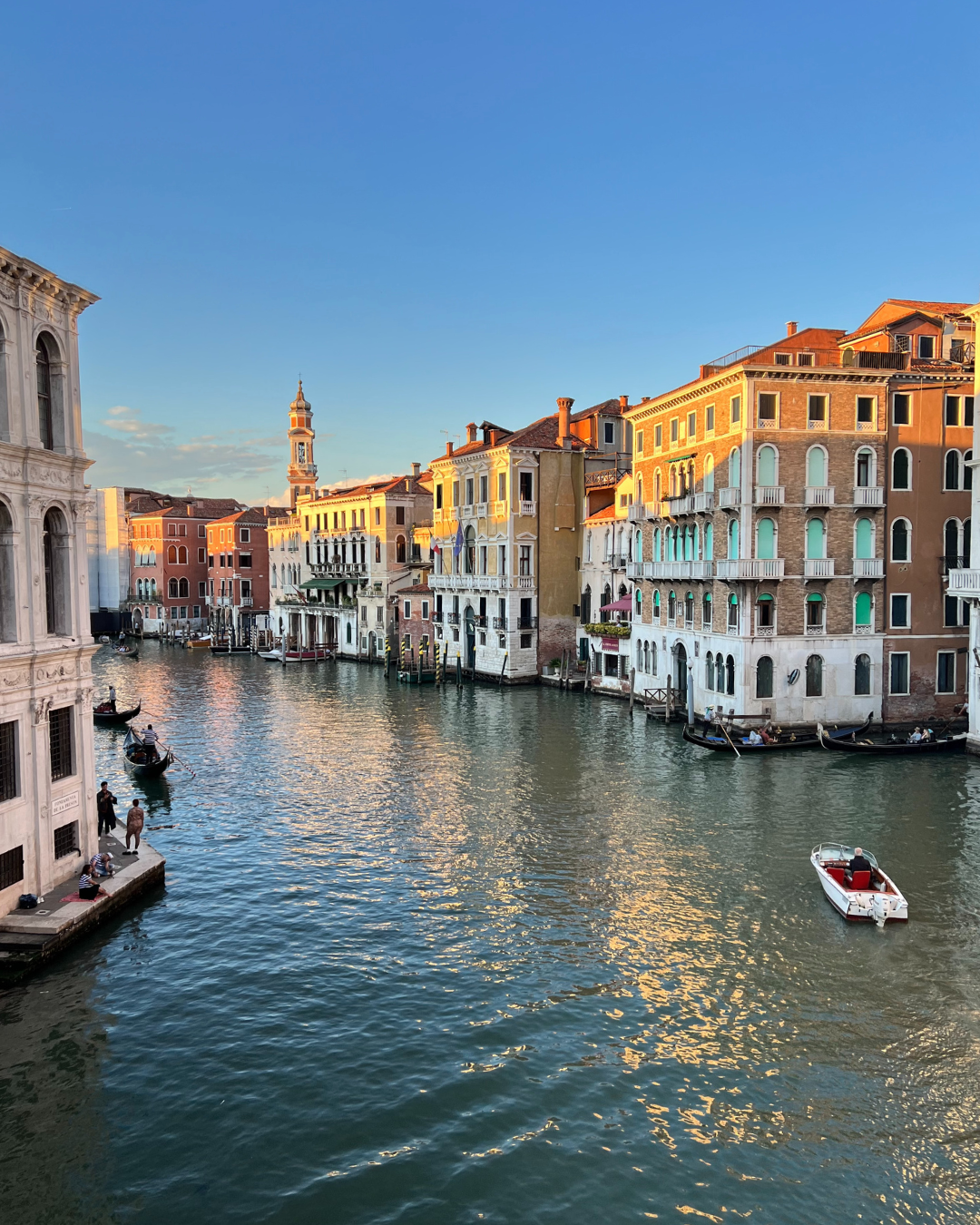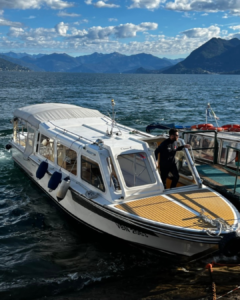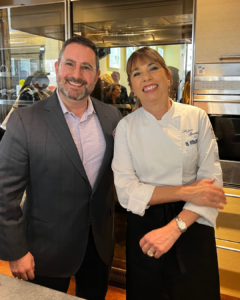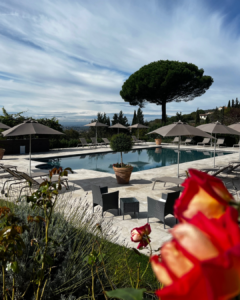Venice is unlike any other city in the world.
With a storied past that is truly peerless (how many other cities do you know of that stand on imported tree trunks that were shoved into a lagoon?), La Serenissima has been the stuff of legend, dreams, fantasy, and romance for countless generations. With a way of life all its own, Venice has been high on travelers’ must-see lists for as far back as history can tell.
Located in Northeastern Italy, Venice remains one of the most unique and heavily visited destinations in all of Europe—and rightfully so. Between the iconic craftsmanship and elegance of its world-famous gondolas, the winding maze of canals and pedestrian walkways, the splendor of its extravagant past, the unique cuisine that still largely relies on its lagoon, and its rich history as one of the world’s most prosperous societies, Venice is one of my favorite cities in Italy.
No place in the world sounds like Venice (no cars!), and it is certainly a destination that warrants more than just a day trip.
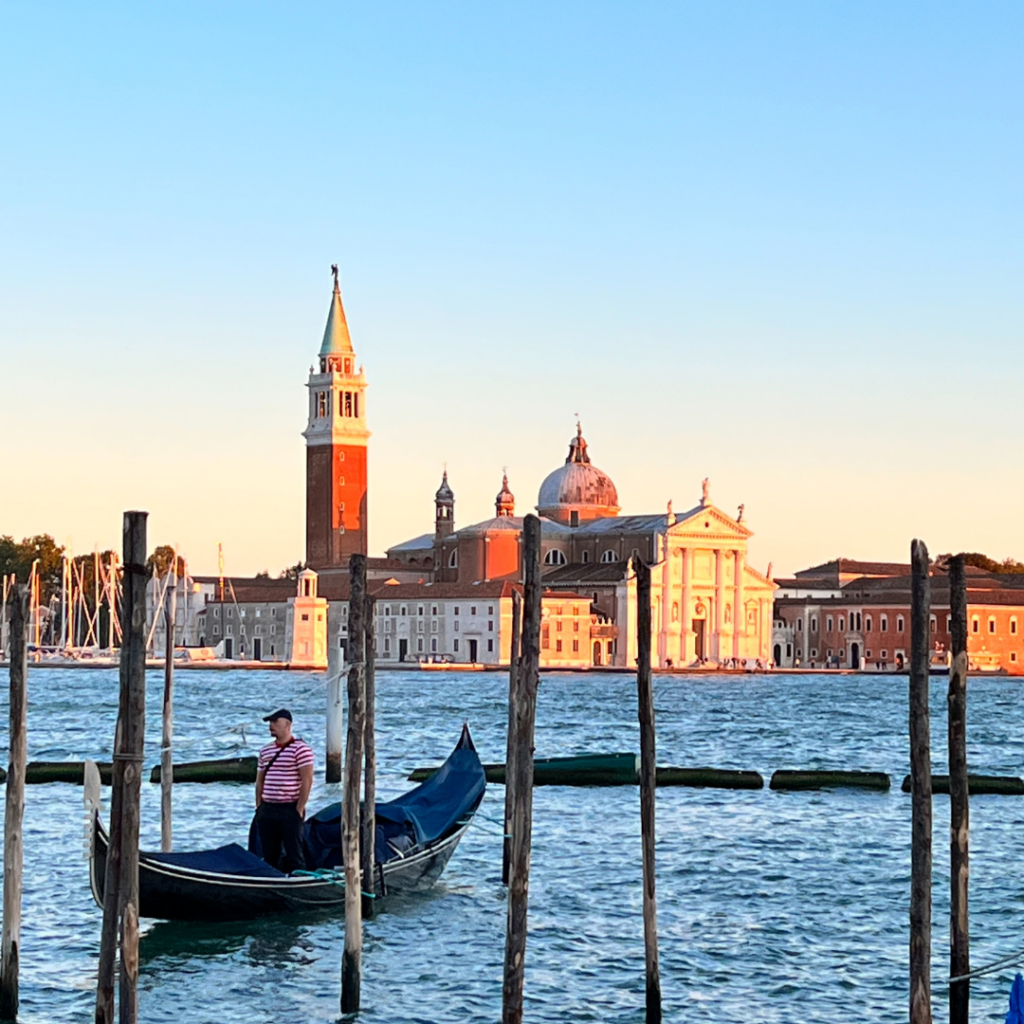
VENICE BEYOND ST. MARK’S SQUARE
Many travelers visit Venice either as a quick stop on a tour or a cruise, giving them less than one day to take in all the city has to offer. Typically, these visitors will visit The Rialto Bridge, St. Mark’s Square (and its iconic gilded cathedral), and the walkway that connects them.
While these sites should absolutely be included on any visit to Venice, many travelers do not have the opportunity to see beyond this one path (which can get Times Square-level crowded) and leave Venice without getting to enjoy everything it has to offer.
To help combat over-tourism, Venice began implementing a new tourism tax in 2024 that visitors have to pay if they are not staying overnight in a hotel in Venice. This tax only applies on select dates–for more information, visit the Venice Access Fee site.
ARRIVING IN VENICE
The first time I went to Venice, I visited as part of a multi-city European vacation and flew in from Amsterdam, swapping one set of canals for another. Arriving in Venice by air was truly a breathtaking experience. Seeing the city (and its famous fish shape) from above made me even more excited to be there than I had imagined.
Upon landing, my friend and I took a water taxi from the airport to the city, which remains one of the most unique ways I’ve ever arrived at a new destination. Remember that the city relies on boats for people to get around, and the airport is no exception.
If you’re taking the train, make sure you book a ticket to Venice’s Santa Lucia Station, which is in the historic center. Venice’s other train station, Venice Mestre, is located on the mainland of Italy, on the other side of the Ponte della Libertà (Liberty Bridge). It is common for people to take a (non-water) taxi to Venice Mestre Station from the airport and then take the train one stop to Santa Lucia Station and the historic part of the city.
If driving over Ponte della Libertà, you will reach Piazzale Roma, the one spot in the historic center where vehicles are permitted. From Piazzale Roma, guests can take a water taxi (or walk) to their hotel.
Now that you’ve arrived, here’s an excellent way to spend three days in Venice.
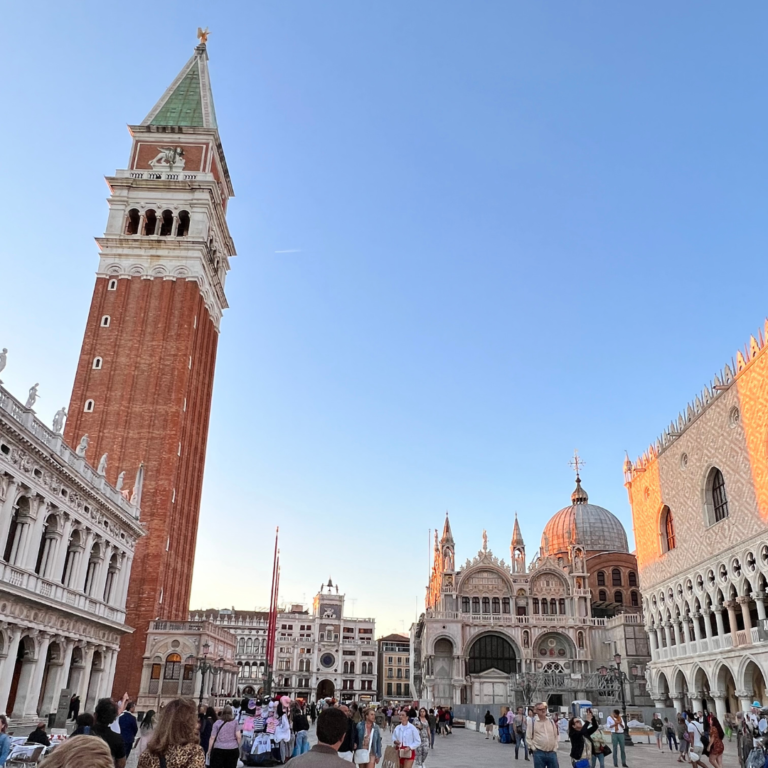
DAY ONE – DORSODURO AND CANNAREGIO
With tourism being the first thing that comes to many travelers’ minds when they think of Venice, people are surprised to learn that there are still Venetians living there. While they are smaller in number now than in the past (there are approximately 50,000 residents living in Venice’s historic center), most of the locals live in either the Dorsoduro or Cannaregio areas of the city. While still very busy, these areas on the western side of the city (closer to Santa Lucia Station) are not nearly as crowded as the eastern side of the city where St. Mark’s Square is located.
After checking into your hotel (or just dropping off your luggage if you arrive before check-in time), make your way to Dorsoduro and:
- Visit the Leonardo da Vinci Museum, an interactive museum highlighting many of da Vinci’s inventions. The museum is located inside Chiesa di San Barnaba, which movie buffs will recognize as “the library” in Indiana Jones and The Last Crusade.
- Visit Ca’ Macana, an authentic mask shop where you can purchase a wide variety of traditional, hand-painted Venetian Carnivale masks. You can even partake in a mask-making class if arranged ahead of time.
- Have lunch or dinner at one of the restaurants in Campo Santa Margherita, one of the few Squares in Venice where you will see locals out and about (and way smaller crowds). A great spot to find a bench and people watch!
In the late afternoon and evening, make your way to the northwest side of the city and visit Cannaregio. This historic neighborhood is the former location of Venice’s Jewish ghetto, and there are signs of its past around every corner. This area is also jam-packed with some of the best bacari (bars) in Venice, where you can sample countless different types of cicchetti (“chick-ET-ti”), small bites of food (usually served on slices of Italian bread) best enjoyed with some local wine or a spritz while sitting next to a canal.
A Cannaregio food tour is an excellent way to get introduced to the flavors of Venice.
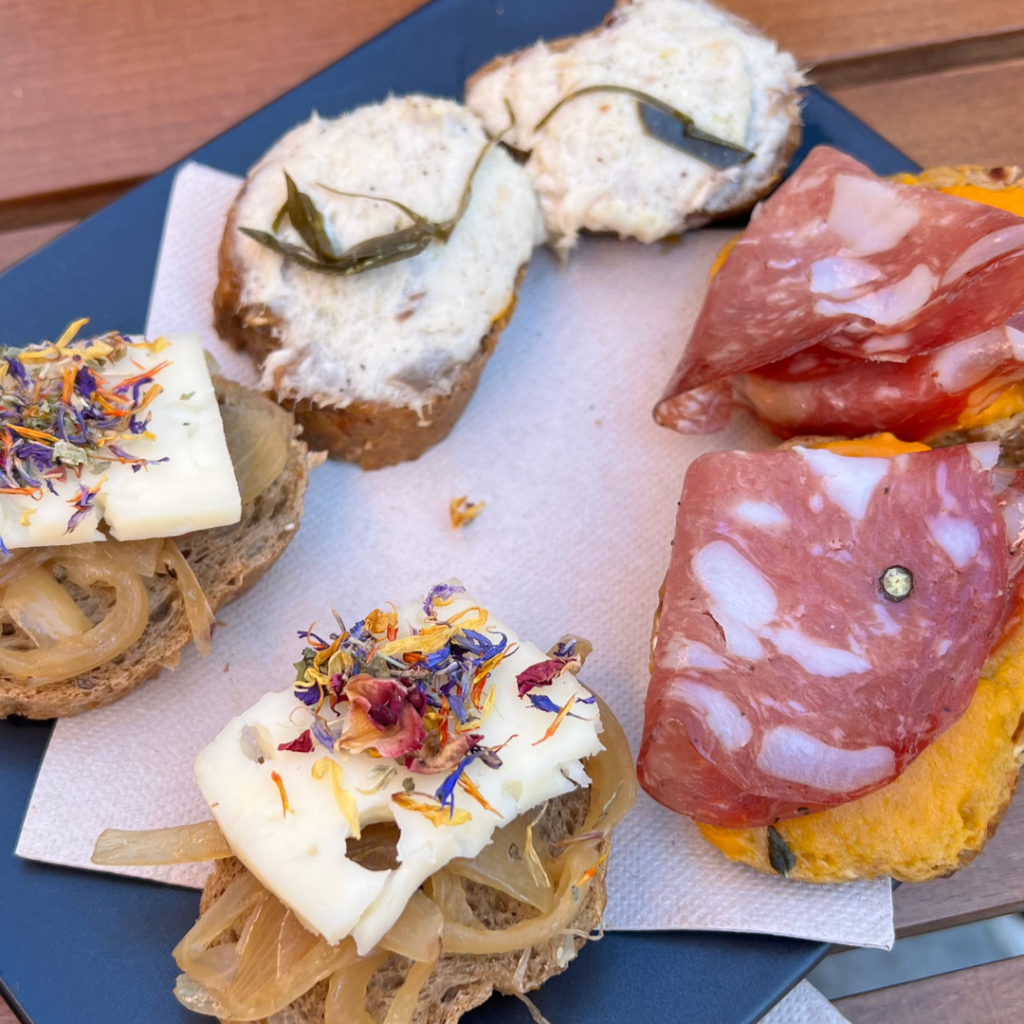
Some of Venice’s best restaurants are also in this area, and it is a great neighborhood to have dinner in throughout your stay in Venice (check out La Colombina if you can get a reservation – the tasting menus are incredible).
- Navigation tip: To easily get around the city, you can use Google Maps or another digital option, but also, look up! You’ll notice signs all over the city with arrows saying “ALLA FERROVIA” (to the train station), “PER RIALTO” (to the Rialto Bridge), or “PER S. MARCO” (to Piazza San Marco aka St. Mark’s Square), making it incredibly easy to find these main landmarks and to get around. Simply follow the arrows and they’ll help guide you in the direction you want to go.
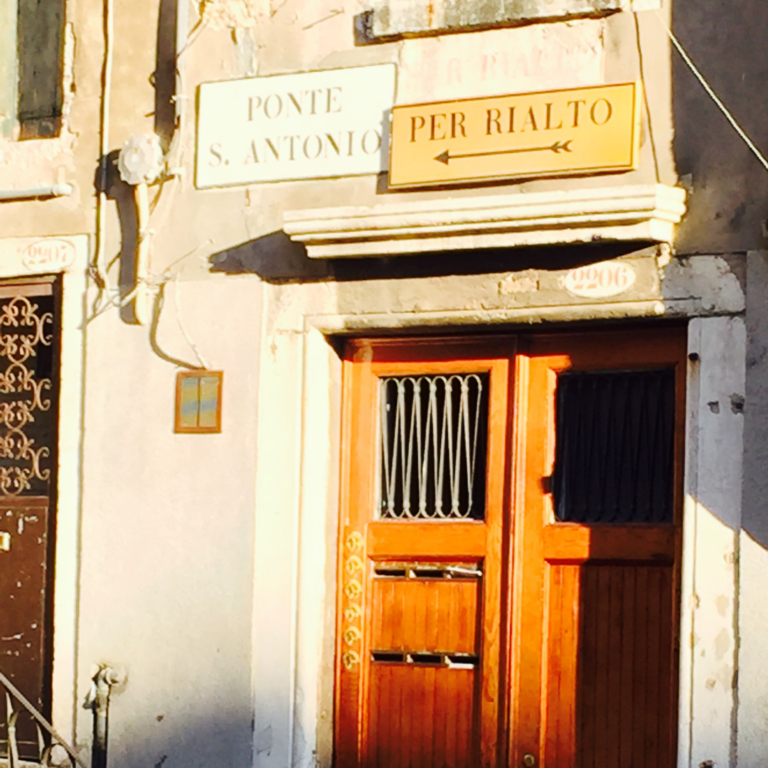
DAY TWO – ST. MARK’S SQUARE AND THE RIALTO BRIDGE
Now that you’ve had a full day to get oriented to the city, its winding streets, and busy canals, today is a great day to head to St. Mark’s Square (Piazza San Marco) to visit the historic cathedral, St. Mark’s Basilica. The interior of the cathedral is largely covered in gold and is among the most breathtaking in the world.
The Doge’s Palace is also in St. Mark’s Square and is one of the city’s main landmarks. Built in 1340, it was the residence of the Doge of Venice, the supreme authority of the former Republic of Venice. For a great view of the city and its lagoon, buy a ticket to reach the top of St. Mark’s Campanile (yes, there’s an elevator), the cathedral’s bell tower. It’s best to arrive in St. Mark’s Square in the morning to beat the crowds. A late afternoon visit is also possible, but just be mindful of opening hours.
After visiting St. Mark’s Square, make your way towards The Rialto Bridge (Ponte di Rialto), the most well-known of the four bridges that span over Venice’s famous Grand Canal. The Rialto Bridge is surrounded by shops and restaurants and is an incredibly lively (and crowded) area.
While all of Venice feels like you are walking through a postcard, the views of the city from The Rialto Bridge are among the best you will find. The world-famous Rialto Market is also located here, almost hidden in plain sight. This market is where all the locals (including restaurants) go to get their fresh seafood and is certainly worth a visit.
After visiting these sites, today is a wonderful opportunity for you to enjoy a private gondola ride. While riding in a gondola may not be the most practical means of getting around Venice (rides start at EUR 80 during the daytime), the centuries-old tradition and craftsmanship of Venice’s gondoliers is one of the most unique and iconic images of Venice.
If you prefer to have your entire day structured and guided at your own pace (rather than keeping up with a group), a private tour is the way to go (and my personal recommendation).
DAY THREE – BURANO AND MURANO
A great way to spend the day would be to visit other islands in the lagoon, namely Burano and Murano, both a short ferry ride from Venice’s center.
Burano became famous for lacemaking and is where one of my favorite restaurants in Italy, Trattoria Da Romano, is located. One of their specialties is risotto di gò, a traditional Venetian risotto that gets its flavor from a broth that is prepared using a small fish found in the lagoon that the locals refer to as gò (ghiozzo in Italian).
After lunch, you could visit Venissa, the vineyard and Michelin-starred restaurant on Mazzorbo, which is walkable from Burano (or you can take a ferry directly to Mazzorbo). The grapes that grow here learned how to survive on salt water from the lagoon, making this an incredibly unique wine experience.
Closer to Venice’s historic center is Murano, which became world-famous for glassblowing. When the art form was first created, The Venetians did not want the rest of the world to learn these techniques and therefore did not allow glassblowing artisans to leave the island of Murano.
You could easily navigate this day on your own by purchasing ferry tickets and following the ferry schedule, or you could join a small group tour that takes you to all these sites, including the vineyard.
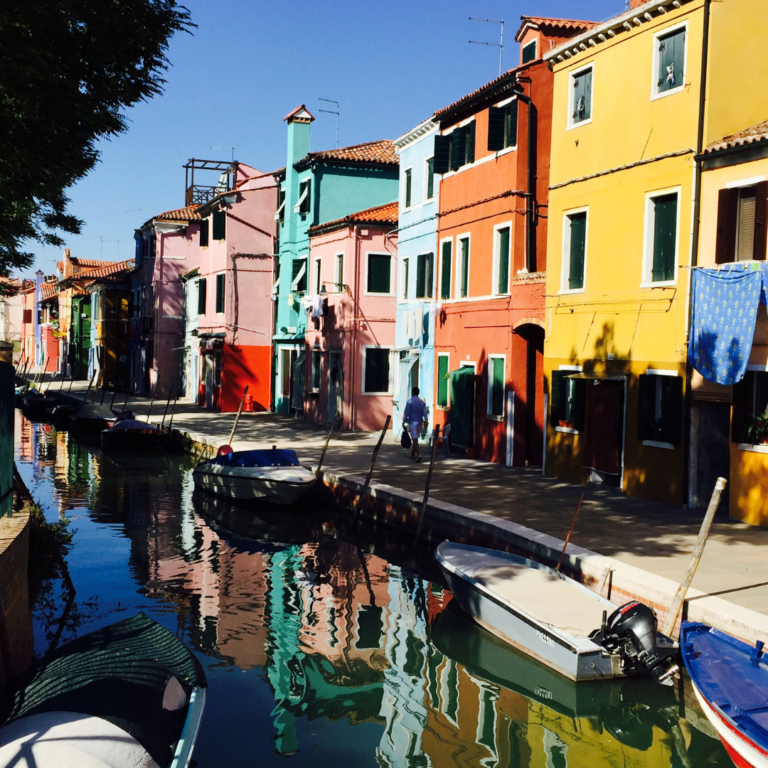
WHAT TO EAT IN VENICE
In addition to risotto di gò, another signature risotto you’ll find here is risotto al nero di seppia, a *delicious* risotto that is flavored and colored by squid ink. Another local specialty is bigoli all’anatra, a hearty pasta made with duck ragu.
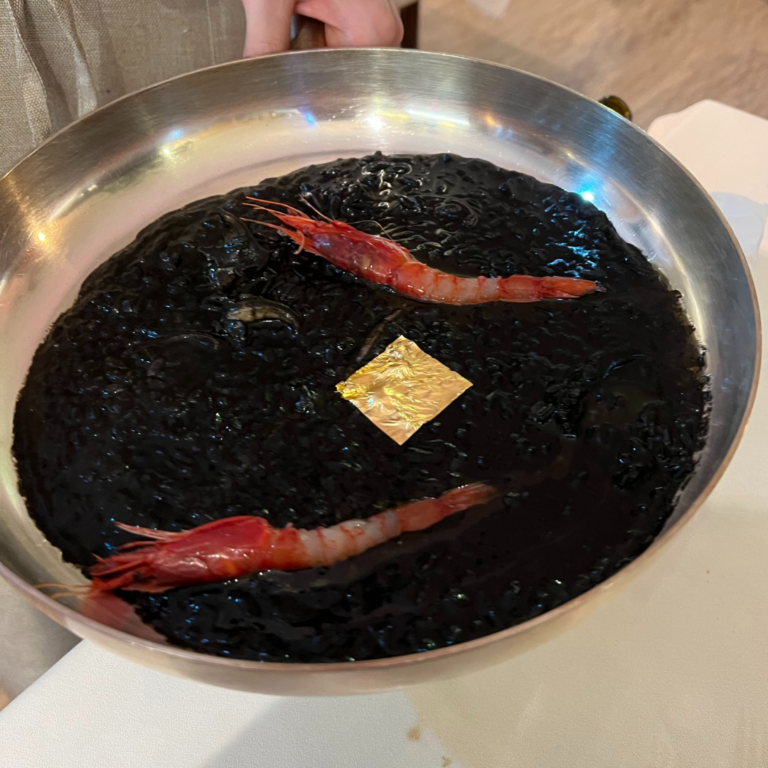
And, of course, the cicchetti options are not to be missed. Some of the most well-known are baccalà mantecato and sarde in saor, but each bacaro and restaurant serving cicchetti will have its own signature options for you to choose from. You’ll see them on the counter by the register, ask for whichever ones you want (usually only a few euros each), and go enjoy them!
Some of my favorite spots to enjoy cicchetti in Venice are Osteria al Cicheto (close to Santa Lucia), Paradiso Perduto, Vino Vero, and Cà D’oro alla Vedova.
As you can probably tell, I’m a huge fan of Venice and am happy to share my love of the lagoon with you. Happy travels!

